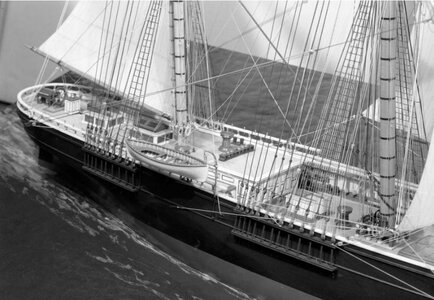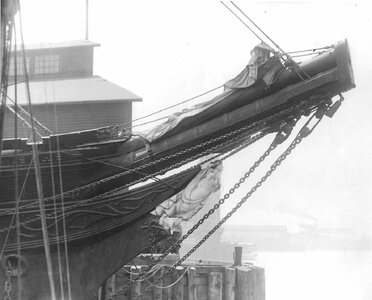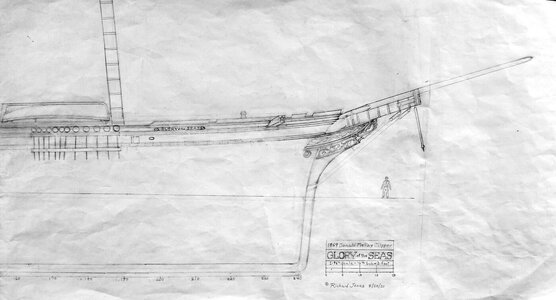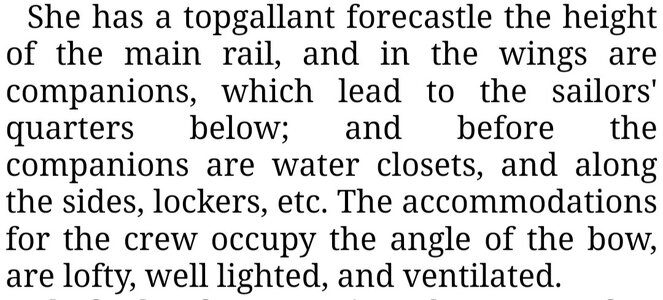- Joined
- Jun 19, 2013
- Messages
- 968
- Points
- 393

I have been researching my next build after Staghound for over 4 years...and that is of the Western Shore...One of only two full rigged clippers ever built on the West Coast of the USA. She was built in Cooz Bay Oregon. The only other full rigged clipper built on the West Coast was the Wild Wood, built at Port Madison in 1871. American Lloyds list her and Western Shore as a Medium clippers. There is little info on her since records for the Puget Sound District (Port Townsend) are incomplete predating 1873.Hi Rob,
I agree with you in that I find that performing research to be very fulfilling. I as you also do not want build a ship that has been built many times over. I am about to get off my thumbs and make a decision. I find that is my hardest decision to make. When I do, I will be sure to start a build thread and I would hope you will follow along. As I have said before, I am new to this hobby, but not to scratch building. There are so many beautiful ships waiting to be built, but then again I have recently retired.
Bill
So before I even get started on my current build,,,,,I've been researching the next. It goes on and on and on..........
Good luck and I will be following along closely, if you don't mid...
Rob(You'll find, that you will work harder now than when employed)




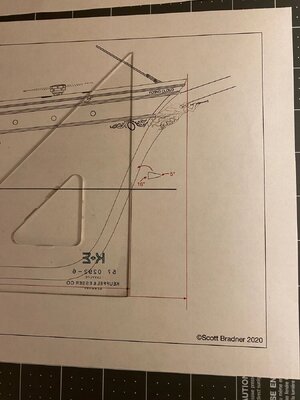

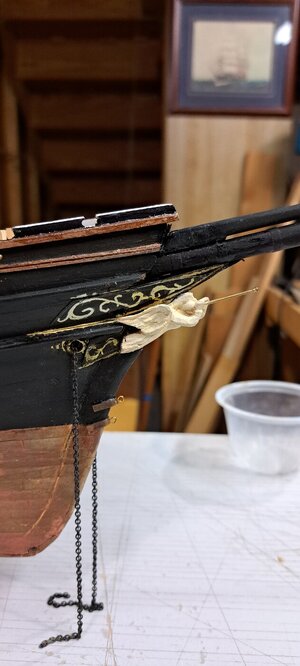


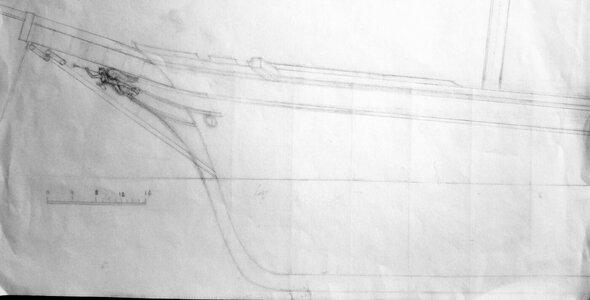
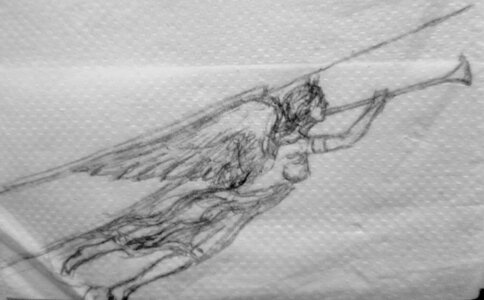
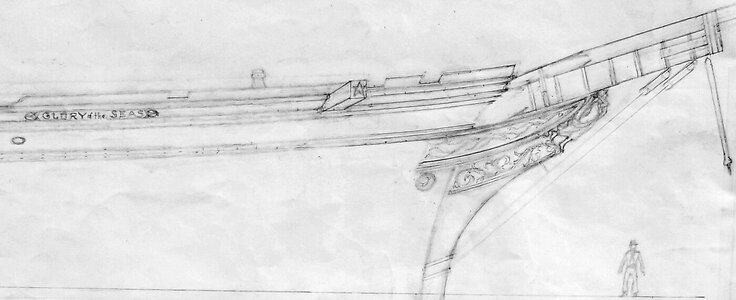
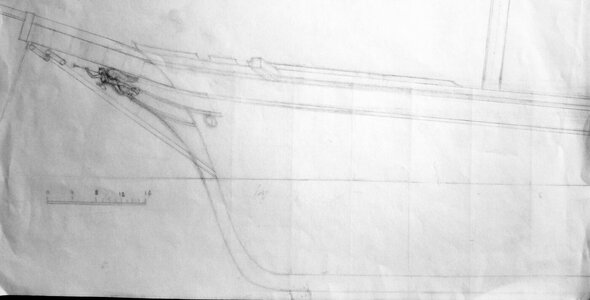
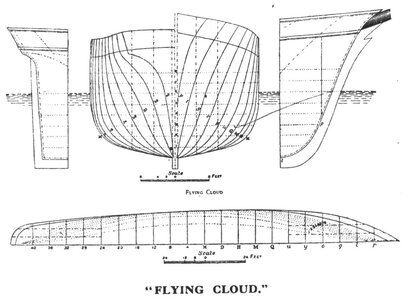
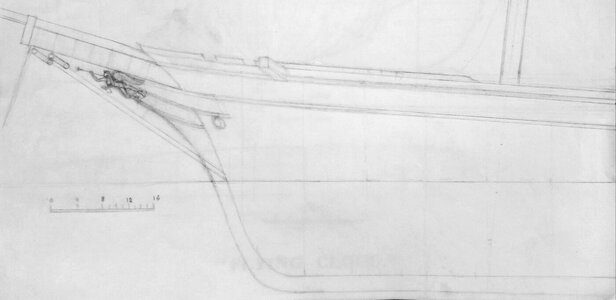
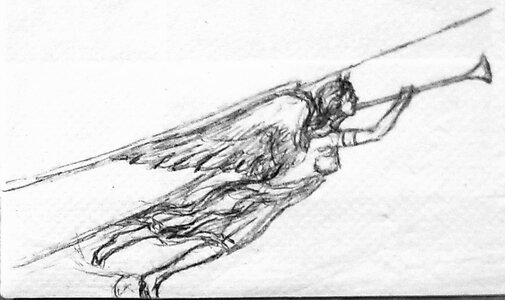
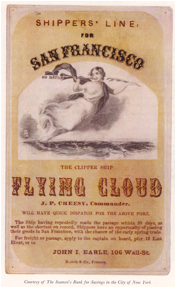
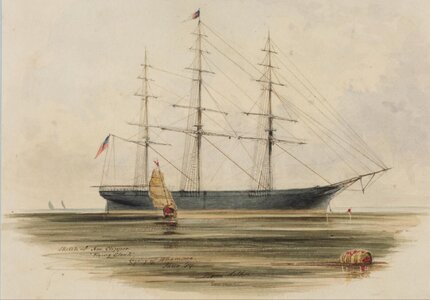
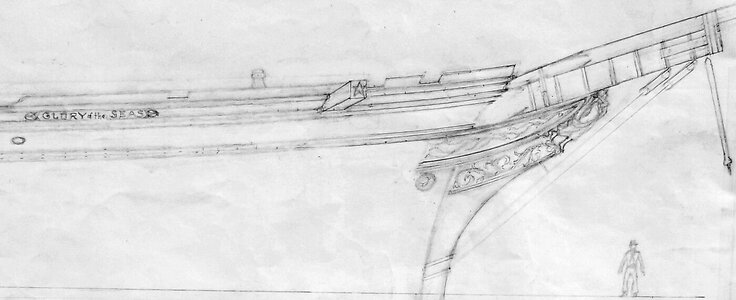
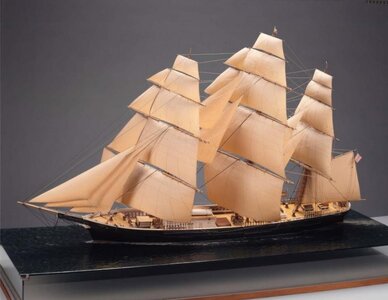

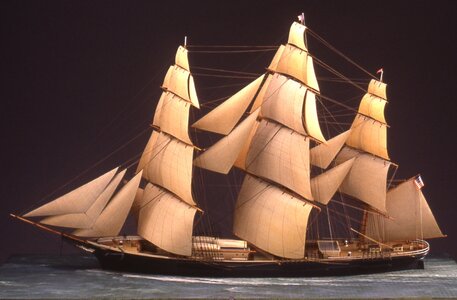
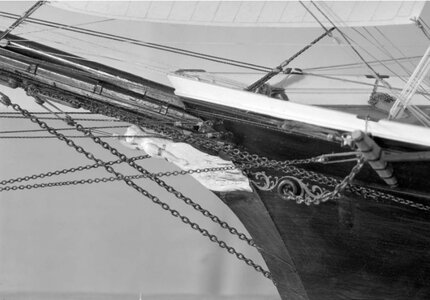
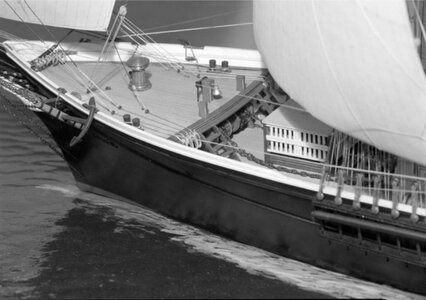
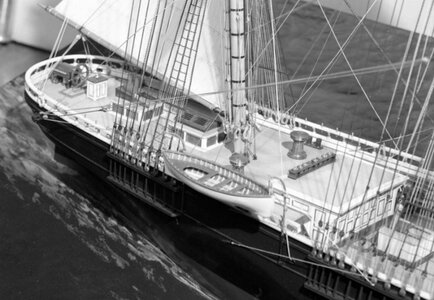
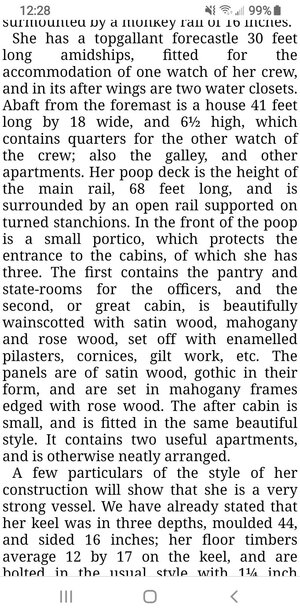
 ...
... 
